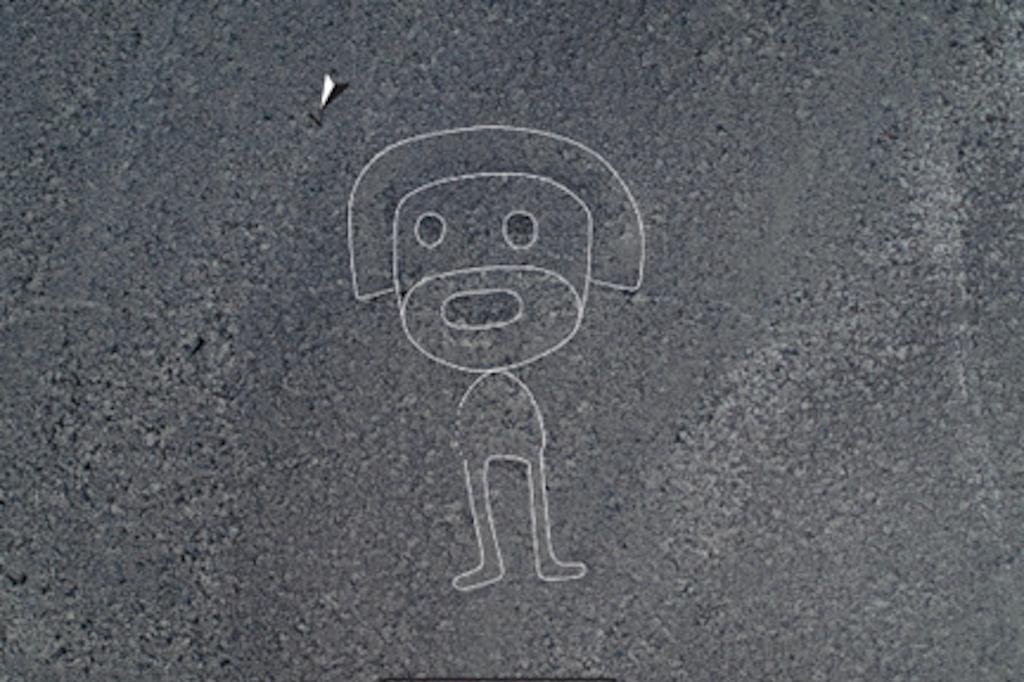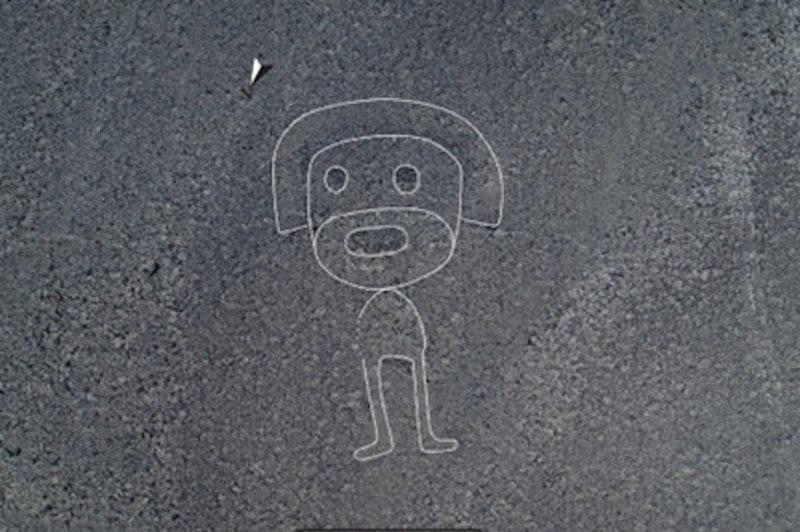Dec. 21 (UPI) — Archeologists have discovered 168 new geoglyphs in the area around Nazca, Peru. The discovery adds significantly to the UNESCO world heritage site’s 190 previously discovered markings.
The geoglyphs portray humans, birds, cats, snakes, alpacas and whales, and are believed to have been created between 100 B.C. and 300 A.D. The images average between 6 and 19 feet in length, while previously discovered lines were up to 1,200 feet long.
The geoglyphs were uncovered by a research group led by Professor Masoto Sakai from Yamagata University, who worked with Peruvian archeologist Jorge Olano to map the area using drones. The researchers will partner with IBM’s T.J. Watson Research Center to use artificial intelligence to study the patterns.
This isn’t the first time Yamagata University researchers discovered geoglyphs.
“The discovery of 41 geoglyphs in this area was previously announced by Yamagata University in 2014 and 2015, which led to the creation of an archeological park in 2017 in collaboration with the Peruvian Ministry of Culture to protect them,” reads a statement from Yamagata University.
The site has inspired conspiracy theorists to attribute the creation of the massive designs to everything from supernatural powers to ancient aliens, but UNESCO explains “the method of their formation, by removing the overlying weathered gravels to reveal the lighter bedrock, is such that their authenticity is assured.”
Luis Jaime Castillo, a Peruvian archeologist who has studied the lines for years, told the Guardian he believes only 5% of the geoglyphs have been discovered.

